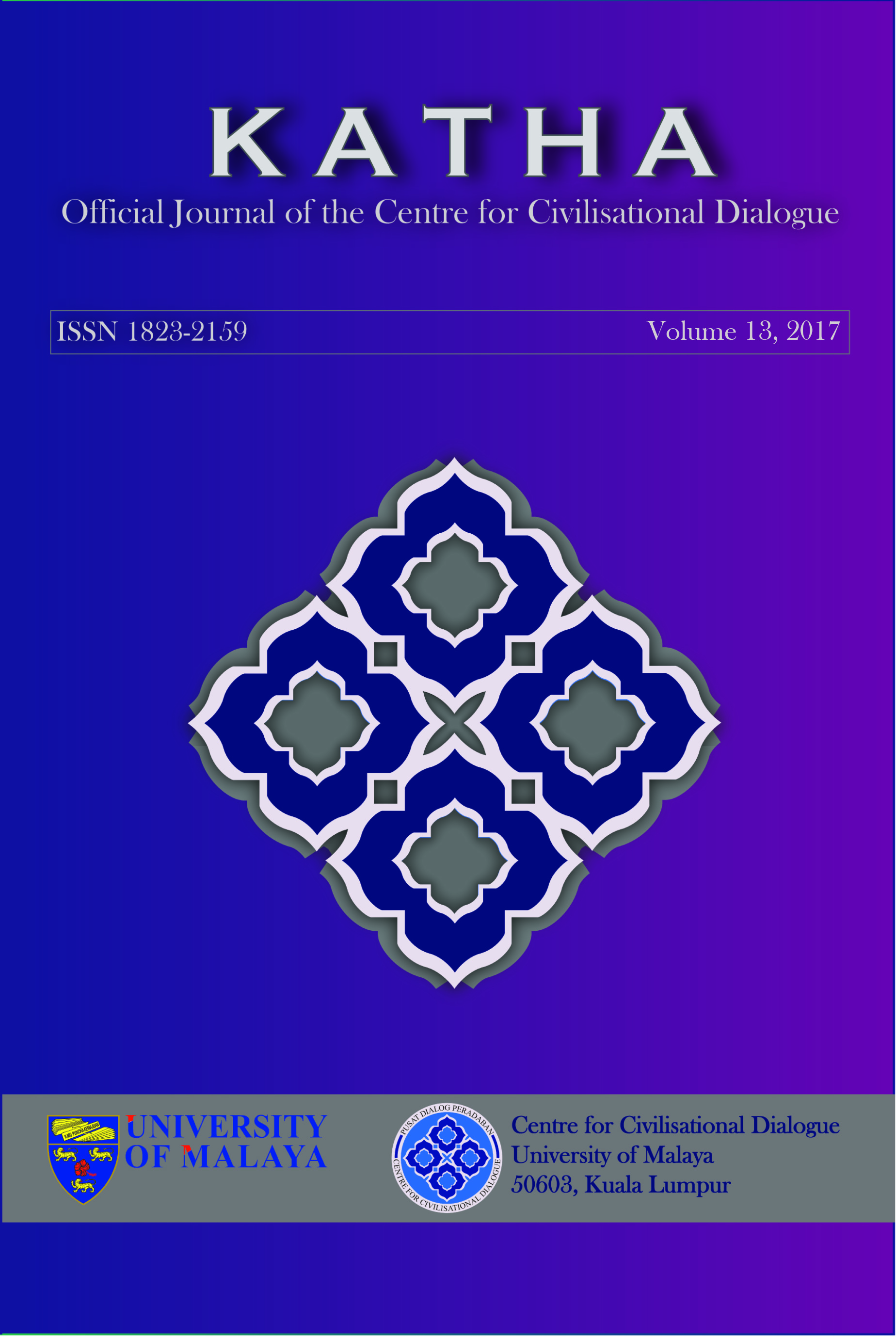Intercultural Da’wah Taxonomy for a Pluralist Society
DOI:
https://doi.org/10.22452/KATHA.vol13no1.5Keywords:
Islamic thought, intercultural da‘wah, Bloom’s taxonomy, pluralist societyAbstract
Intercultural da‘wah is an act of effective communication pertinent to the matters of heart, mind and emotion. Intercultural da‘wah begins with search of commonality. In other words, it does not repudiate others but invites for reflection on features that are shared in common. In terms of its intellectual and practical paradigms, intercultural da‘wah serves as means of formatting and shaping Muslims approaches to the pluralist society. The term of taxonomy is generally defined as the process of classifying things into groups within a larger system according to their similarities and differences. Nonetheless, Benjamin Bloom created the taxonomy for categorising levels of abstraction, thus providing a useful structure in which to describe lesson plan components in learning and teaching methodology. He divided the structure into six components: knowledge; comprehension; application; analysis; synthesis; and evaluation. This paper attempts to investigate the applicability of Bloom’s taxonomy to the process of building the methodology for intercultural da‘wah in a pluralist society. The paper suggests that the six components of Bloom’s taxonomy could be useful to da‘wah workers in finding similarities in the moral paradigms across cultures. This in turn will enable them to dynamically appreciate others and engage in effective communication to disseminate the peaceful message of Islam.
Downloads
Downloads
Published
How to Cite
Issue
Section
License
Articles submitted to the journal should not have been published before in their current or substantially similar form, or be under consideration for publication elsewhere. Authors submitting articles for publication warrant that the work is not an infringement of any existing copyright and will indemnify the publisher against any breach of such warranty. For ease of dissemination and to ensure proper policing of use, papers and contributions become the legal copyright of the publisher unless otherwise agreed. By submitting a manuscript, the author(s) agree that copyright for the article is transferred to the publisher, if and when the manuscript is accepted for publication. However, it can be reprinted with a proper acknowledgment that it was published in KATHA.

This work is licensed under a Creative Commons Attribution-NonCommercial-NoDerivatives 4.0 International License.




